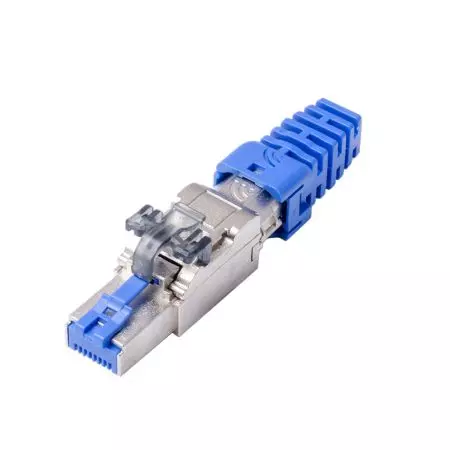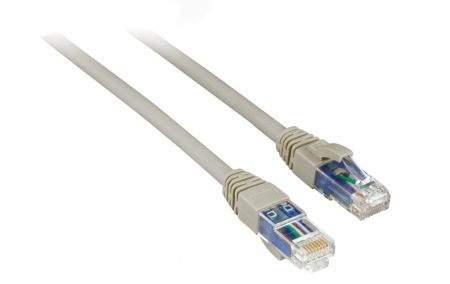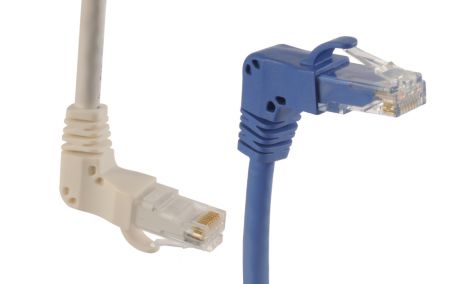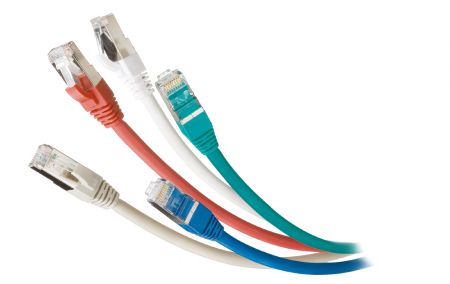Patch Cords
C5e / C6 / C6A
A patch cord (patch lead or patch cable) is a length of electrical (or optical) cable with a plug on one or both ends, typically refer only to short cords used with patch panels. Devices of different types (i.e.: a switch connected to a computer or a switch to a router) are connected with patch cords. Patch cords are usually produced in many different colors so as to be easily distinguishable, and are relatively short, perhaps no longer than 3 meters.
Patch cords can be as short as 0.1 meters, to connect stacked components, or as long as 20 meters or more in length for snake cables. As length increases, the cables are usually thicker and/or made with more shielding, to prevent signal loss(attenuation) and the introduction of unwanted radio frequencies and hum (electromagnetic interference or EMI, also called radio frequency interference or RFI).







